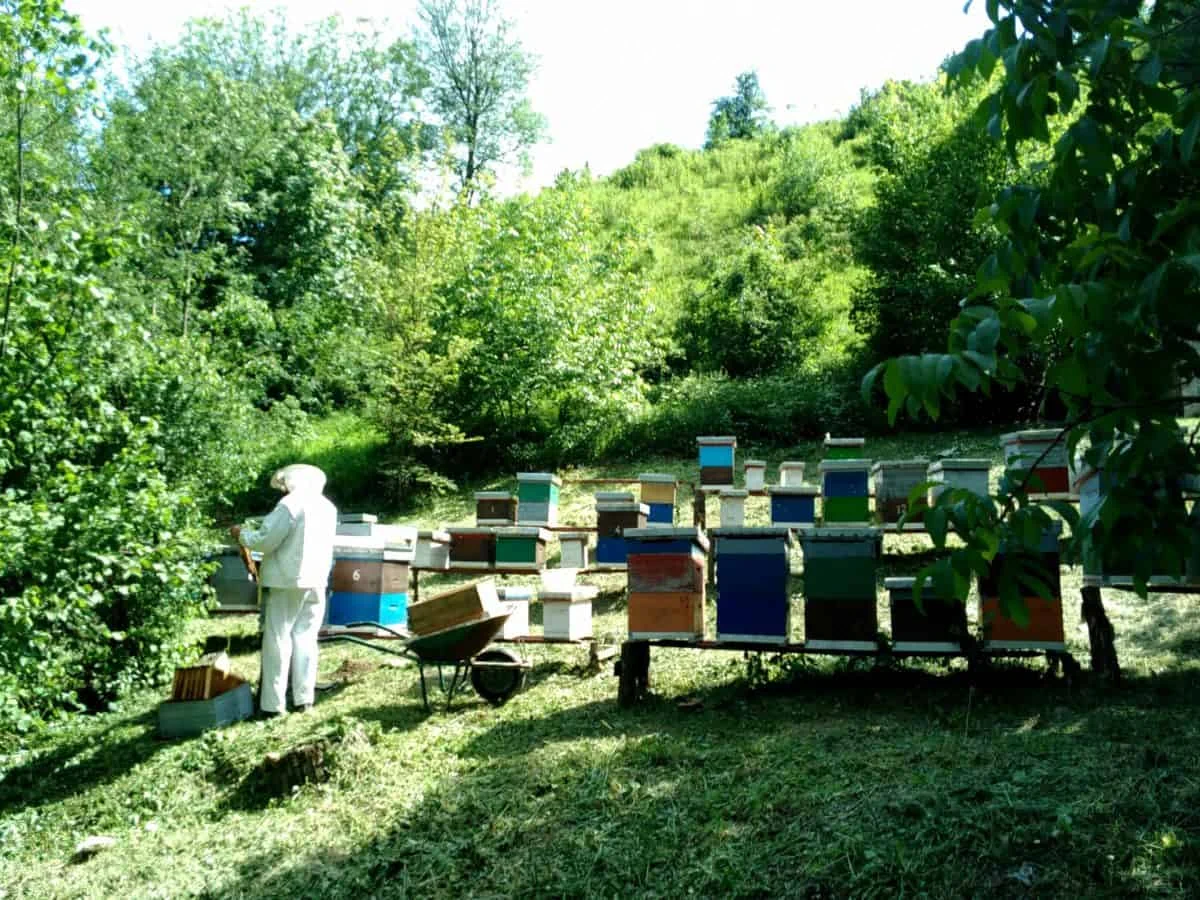In the battle against honey bee colony loss, disease and weather are often recognized as two of the main influences, however little is understood about the relationship between these variables. As honey bee diseases have varied causative agents such as bacteria, fungi, mites and viruses, a definitive link has yet to be explored.
Scientific insights how climate influences bee health
A team from Newcastle University's School of Natural and Environmental Sciences, has sought to gain new insights into this dynamic interplay, by combining records from government honey bee health inspections with meteorological data from the CEDA. The aim of this study was to identify how weather impacts honey bee diseases, specifically EFB, AFB, CBP, Varroosis, Chalkbrood and Sacbrood.
The study analysed data taken from 317,838 apiary visits between 2006 and 2016, in England and Wales. By applying BYM modelling, the team could compare the meteorological variables of temperature, rainfall and wind, to the incidence of bee diseases over the 10-year period.
 Data was analyzed from 317,838 apiary visits between 2006 and 2016 in England and Wales.
Data was analyzed from 317,838 apiary visits between 2006 and 2016 in England and Wales.Results of the study indicated that climatic variables indeed had significant effects on the patterns of bee disease, apart from CBP and AFB, which shifted independently of weather events. Incidences of EFB, Varrooasis and Sacbrood increased with raising temperatures but reduced during periods of heavy rainfall and wind. Adversely, incidence of Chalkbrood reduced with higher mean temperatures, however to the surprise of the team, no relationship was found between Chalkbrood and rainfall. Time also played a significant role in the risk of EFB, Chalkbrood, Varroosis and Sacbrood, as per unit increases lead to far greater incidence of the diseases.
These results help to further our understanding of the complex interplay between climate and diseases, and how the impacts of climate change may have larger repercussions on our biological systems.
The impact on honey bees
Ben Rowland, who led the study, stated: "Our analysis clearly shows that the risk of a colony contracting one of the diseases we examined is influenced by the weather conditions experienced by that colony. Our work highlights some interesting contrasts; for example, rainfall can drive one disease to become more common whilst another will become rarer."
He continued: “These results are worrying because they show that serious diseases like Varroa continue to increase in UK honey bee populations – and it seems that there are clear climatic variables that further increase the risk of disease.”
It is apparent that the rising temperatures and longer summers caused by climate change will worsen varroa infestation and the diseases spread by the parasite. As such an effective varroa control is more necessary than ever before.
Resources
Identifying the climatic drivers of honey bee disease in England and Wales
Ben W. Rowland, Stephen P. Rushton, Mark D. F. Shirley, Mike A. Brown & Giles E. Budge
https://www.nature.com/articles/s41598-021-01495-w